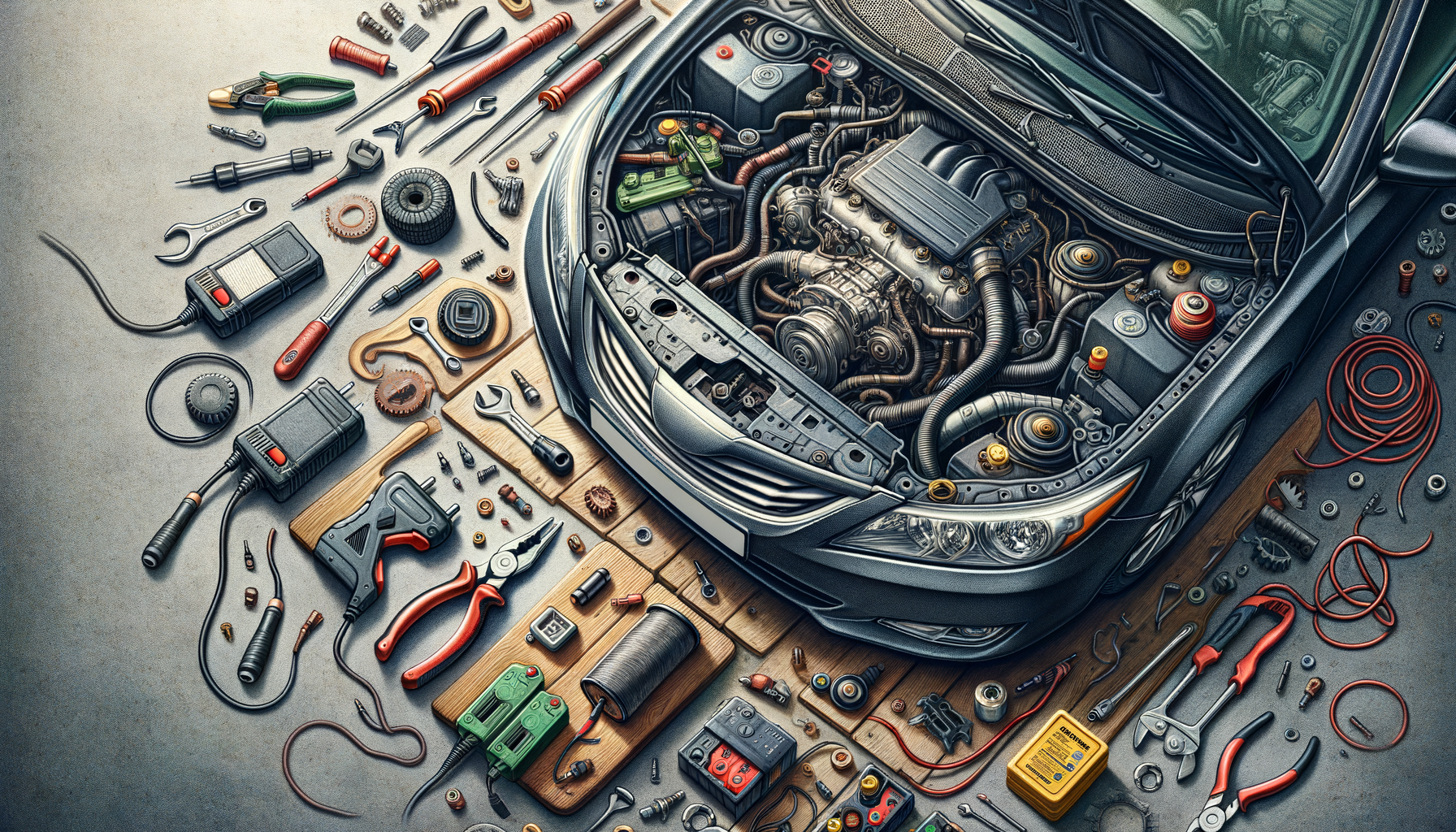
Car Wont Start? Try these 3 Tricks before going to the Mechanic!
Introduction to Car Troubleshooting
There’s nothing quite as frustrating as getting into your car, turning the key, and… nothing happens. Before you panic and call a tow truck, there are a few simple tricks you can try that might save you a trip to the mechanic. Understanding these basic troubleshooting techniques can not only save you money but also give you a sense of empowerment when dealing with minor car issues. In this article, we will explore three practical steps you can take when your car refuses to start.
Check the Battery Connections
One of the most common reasons a car won’t start is a problem with the battery. Before assuming the worst, take a moment to check the battery connections. Over time, the terminals can become corroded or loose, disrupting the electrical connection. Here’s what you can do:
- Inspect the battery terminals for any signs of corrosion, which appears as a white or blue powdery substance.
- If corrosion is present, clean the terminals using a mixture of baking soda and water, applying it with an old toothbrush.
- Ensure the connections are tight. Loose cables can prevent the battery from delivering power to the engine.
By addressing these simple issues, you may find that your car starts up without further trouble.
Assess the Fuel Situation
It might seem obvious, but ensuring your car has enough fuel is a crucial step. Even if you believe there’s enough gas, a faulty fuel gauge can lead to a misjudgment. Additionally, if your car is parked on a steep slope, the fuel might not reach the engine properly. To troubleshoot:
- Check the fuel gauge and, if possible, add a small amount of fuel to rule out an empty tank.
- Listen for the sound of the fuel pump when you turn the key to the „on“ position; a silent pump could indicate a problem.
- Consider the possibility of a clogged fuel filter, which can restrict fuel flow to the engine.
By verifying these elements, you can eliminate fuel-related issues as the cause of your car’s reluctance to start.
Evaluate the Ignition System
The ignition system is another critical area to investigate when your car won’t start. A malfunction here can prevent the engine from firing up. Some steps to consider include:
- Check the spark plugs for wear or damage, as faulty plugs can hinder the ignition process.
- Inspect the ignition coil and distributor cap (if applicable) for cracks or moisture.
- Ensure the key is turning smoothly in the ignition; a worn key or ignition switch can cause issues.
By examining these components, you may identify a straightforward fix that gets your car back on the road.
Conclusion: When to Seek Professional Help
While these tips can often resolve minor starting issues, there are times when professional assistance is necessary. If your car still won’t start after trying these tricks, or if you notice unusual sounds or smells, it may indicate a more serious problem. In such cases, consulting a qualified mechanic is the safest course of action. Remember, regular maintenance and timely repairs can prevent many common issues, ensuring your car remains reliable and roadworthy.